What Hi-Fi? Verdict
Not only does it look and sound better than its rivals, it’s cheaper and has Ambilight, too
Pros
- +
Superbly sharp and detailed
- +
Solid, weighty sound
- +
Ambilight
Cons
- -
Lack of next-gen HDMI features
- -
Can be beaten for motion
Why you can trust What Hi-Fi?
It’s hard for manufacturers to differentiate their OLED TVs from those of their rivals, not least because all of them are using the same LG-sourced panels.
Philips has long had an ace up its sleeve in the form of Ambilight, which is so much more than the flashy gimmick that it may first appear to be. The company knows that Ambilight alone, though brilliant, won’t be enough to convince everyone to buy its OLED over one of its many rivals, so it’s also pushing the envelope in the two most crucial areas; performance and price.
In short, not only does the Philips look and sound better than rivals such as the LG CX, it costs less, too. Ambilight, in the end, is just a lovely sweetener.
Features
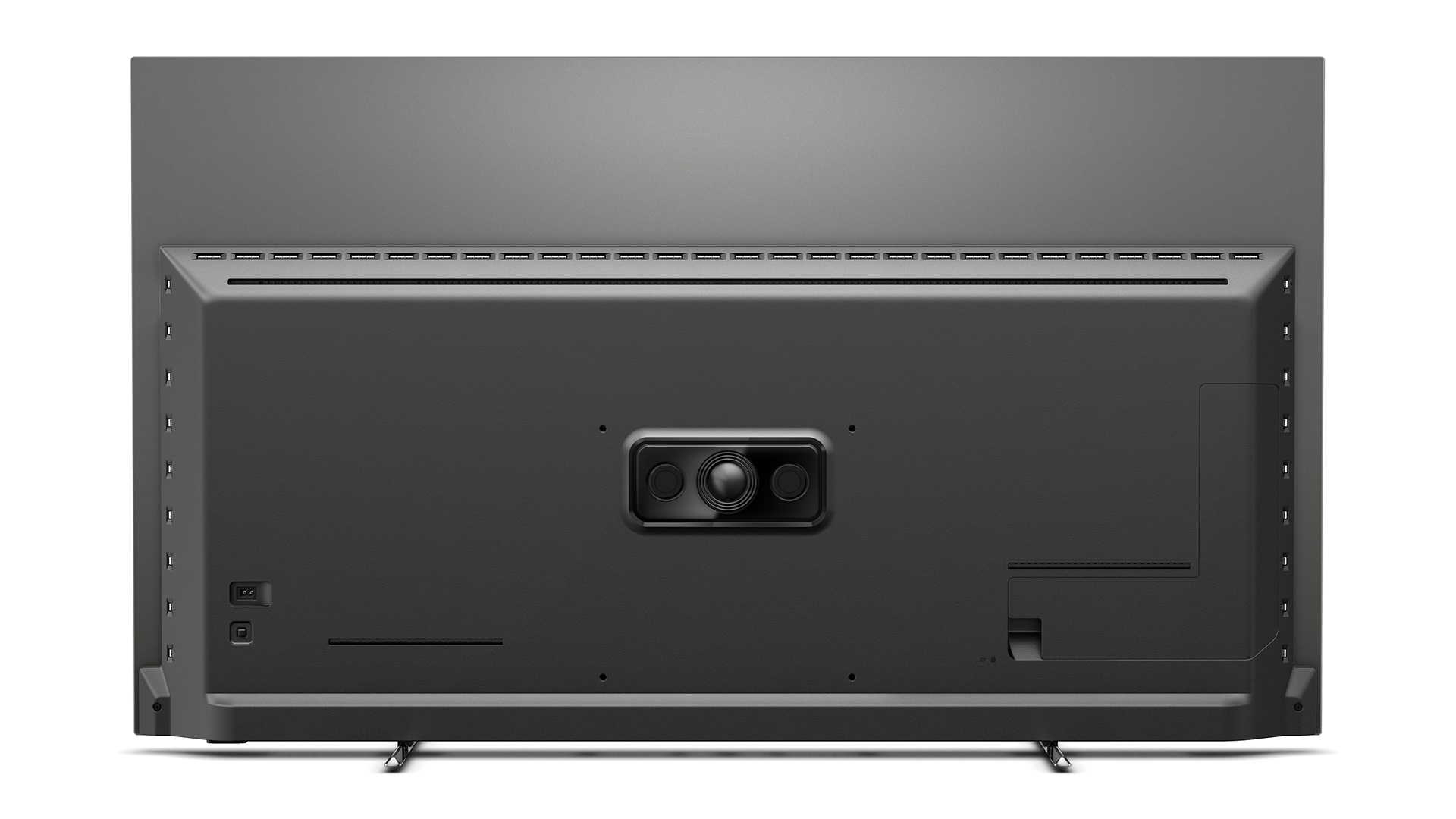
Ambilight extends the onscreen action onto the wall around the TV in the form of coloured light. It looks spectacular, but it also benefits the performance, making the display seem bigger, drawing the eye into the action and increasing perceived contrast.
The only downside is that the OLED805 is thicker than some of its rivals (just over 1cm thicker than the LG CX, for example), and that a gap of 10-20cm needs to be left between the screen and the wall in order to maximise the effect. For us, the trade-off is well worth it.
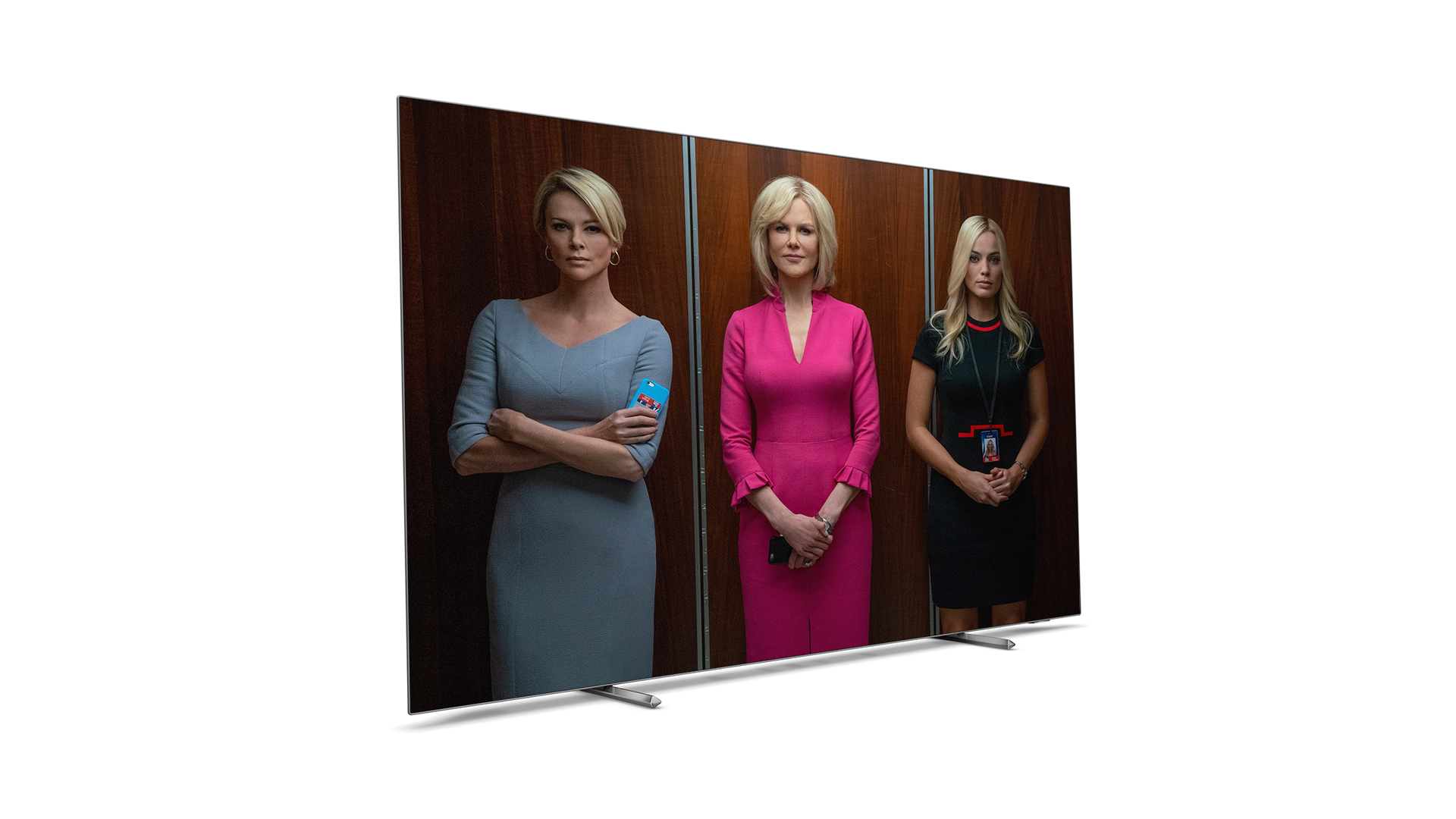
Screen type OLED
Resolution 4K
Operating system Android 9
HDR formats HDR10, HDR10+, HLG, Dolby Vision
HDMI x4
USB x3
Optical 1
The set is broadly handsome; a pure black panel with a thin metal rim (although the visible screen actually begins a few millimetres inside this) and dainty, metal feet. They give the set a footprint around 80cm wide and keep the screen low to the furniture on which it’s placed. If you need to make space for a soundbar, there are extension pieces in the box that allow the TV to stand taller.
The remote control is a stylish affair, too, with a long, elegant shape and classy leather wrap. The buttons are a bit cluttered, but they do have a nice action and there’s a backlight to assist in finding the correct one in the dark.
While most TVs offer either Dolby Vision or HDR10+, Philips is one of a handful of manufacturers (Panasonic is another) to offer both. While HDR10+ is certainly less desirable than Dolby Vision, it is slowly becoming more popular (it’s the favoured dynamic HDR format for Amazon Prime Video, for example), so having both is certainly reassuring.
Philips is less forward-thinking with its HDMIs, though, of which the OLED805 has four. While HDMI 2.1 is far from widespread, many manufacturers are adding HDMI 2.1 specs and features to their TVs, while Philips broadly isn’t. The OLED805 doesn’t support eARC (Enhanced Audio Return Channel), VRR (Variable Refresh Rate) or 4K@120Hz (often referred to as High Frame Rate, or HFR). ALLM (Auto Low Latency Mode) does at least feature.
Most of these features are really only of concern to gamers (eARC is the exception), particularly those who've got or are planning to get a PS5 or Xbox Series X, and Philips’s argument is that it will look to support these features on future models as and when they become more prevalent. That won’t be much help to those who’ve already bought an OLED805, as Philips has confirmed it won’t be getting these features via software updates.
Completing the fairly typical selection of physical connections are two USBs, aerial and satellite sockets, ethernet, and optical and headphone outputs.
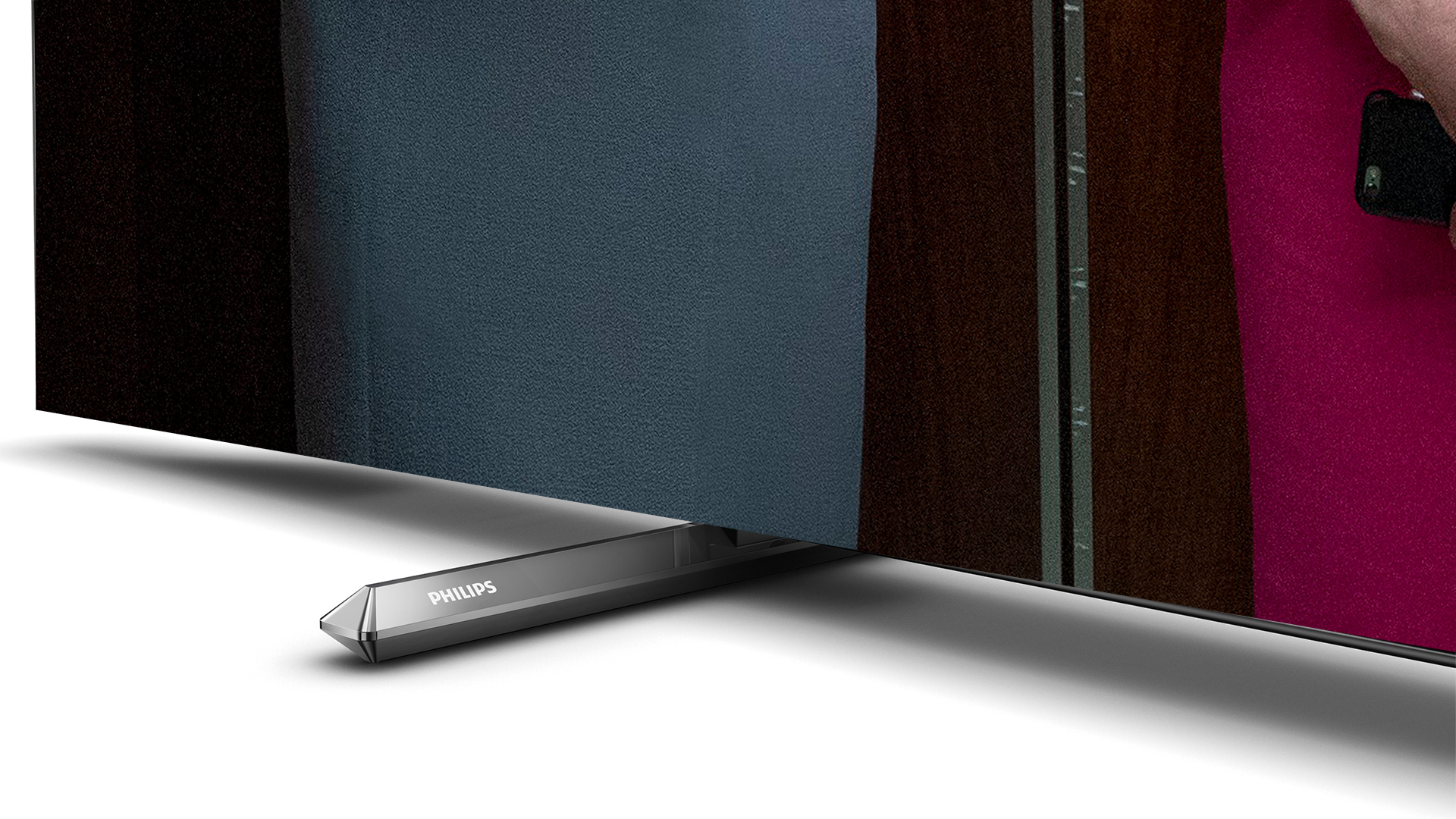
On the app front, the OLED805 is solid rather than spectacular. Most of the major bases are covered, including Netflix, Amazon Prime Video, Disney+, Google Play Movies & TV and Rakuten, all in 4K and HDR, plus BBC iPlayer, ITV Hub, All 4 and My5. But the likes of Now TV, BT Sport and Apple TV are missing.
It would be easy to blame these gaps on Google, as the Philips OLED805 uses the Android TV operating system, but Sony’s Android TVs support both Now TV and BT Sport, and Apple TV will be added to them soon.
Android TV gets better with every update and is now more fluid and intuitive than ever. It’s still essentially working on top of Philips’s own menu system, though, and this slightly disjointed user experience will never be quite as seamless as that offered by the bespoke operating systems of Samsung and LG TVs.
In terms of the OLED805’s core TV tech, it gets the fourth-generation version of Philips’s P5 processor. The big new addition here is AI technology that uses neural networks and machine learning to analyse millions of video clips from a bespoke database in order to tailor picture quality to be as natural as possible.
The set has a dedicated AI picture preset, but the AI feature is actually active on almost every one of the TV’s picture modes. We recommend that you either start with the Vivid preset and dial back some of the set’s more aggressive picture processing features, or Standard and pump things up a bit – you’ll achieve the same results from either direction.
Picture
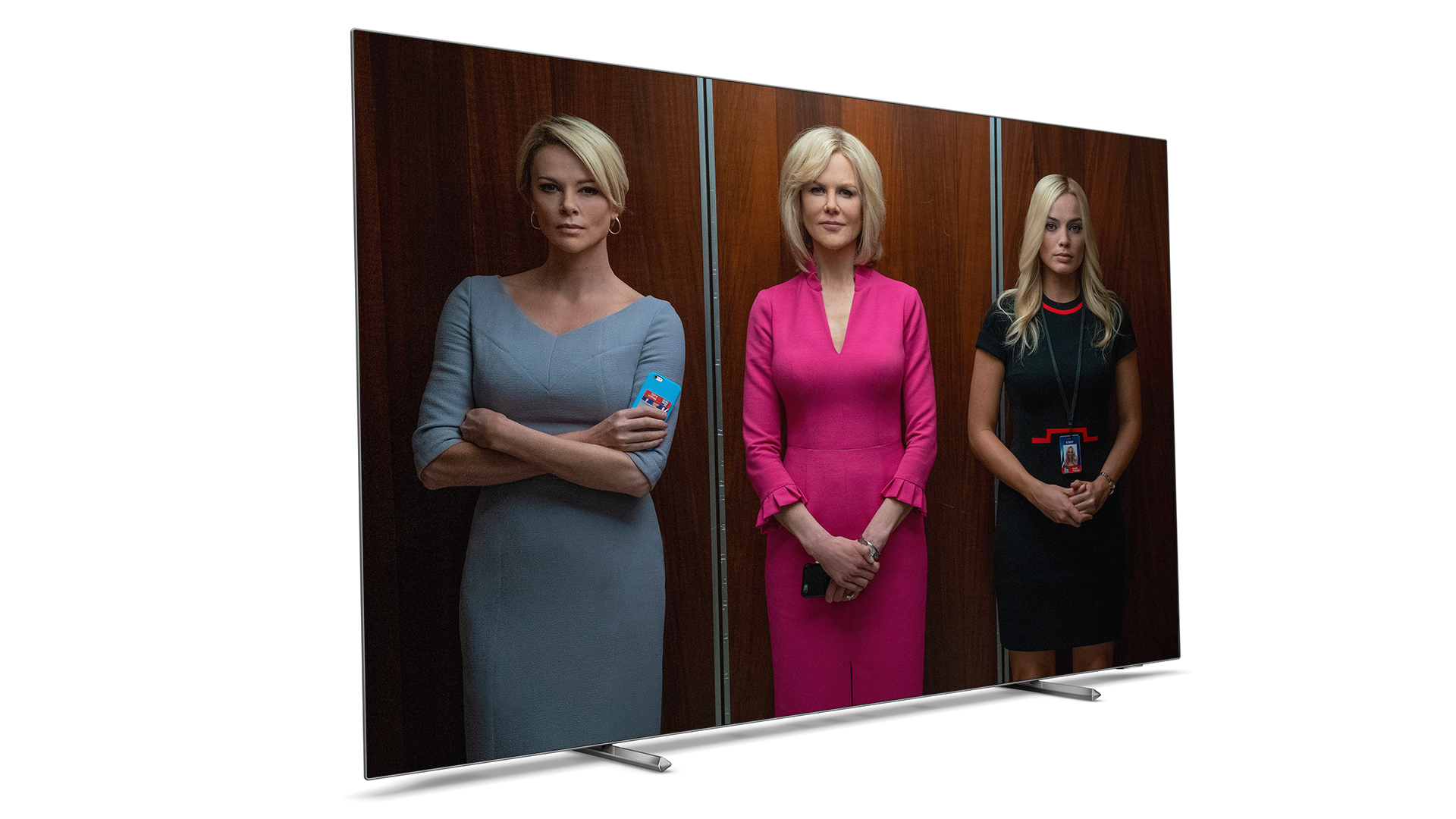
And those results are extraordinary. The OLED805’s sharpness and detail are its greatest strengths, as is made instantly obvious when we fire up the 4K Blu-ray of 1917. From the close-ups on the war-ravaged faces of Lance Corporals Blake and Schofield, to the wide-angled aerial shots of the French countryside, everything is rendered with a crispness and solidity that few rivals can match.
The Philips’s colour reproduction is excellent, too. The film’s palette is muted but not lifeless, and the OLED805 happily finds the sweet spot, ensuring that the green fields are verdant without being vivid, and that the faces of our protagonists are flushed without being artificially rosy.
Switching to Blade Runner 2049, also on 4K Blu-ray, the Philips proves it’s a punchy performer. We’ve seen some tackle high contrast scenarios even more enthusiastically, but as the bright red and white lettering punches through the OLED805’s pure black panel at the start of the film, we’re left wanting for little.
This quality also ensures that downtown LA is rendered in all of its cyberpunk glory, with the dark and dingy streets strikingly illuminated by the vibrant neon signs and holographic advertisements.
Philips has made some changes to its motion processing this year, introducing new Pure Cinema and Movie modes. Both are decent, and certainly an improvement on the default Standard mode, which is capable of producing incredibly smooth and sharp pans, but adds an unpleasant artificiality to less predictable motion, but Philips still has work to do here.
Many manufacturers, Sony most of all, balance the sharpening and smoothing of motion with a convincing sense of realism, whereas the OLED805 still requires that you choose one or the other, at least to a degree. The hunt for that elusive sweet spot continues.
But the motion handling is only a blemish in what is otherwise a superb picture performance. Even as we drop down to the 1080p Blu-ray of Seven, it continues to impress. Avoid the garish Vivid mode, and the Full HD, SDR image is lovely. Sharpness and detail are superb, as are the rich colours and excellent blacks.
We give the OLED805 an even sterner upscaling test with the first series of Red Dwarf from Netflix, and it responds with a good overall image. There’s a bit more fuzz around edges than the best upscalers display, but the punch, black depth and solid colour balance make for a watchable image overall.
Sound
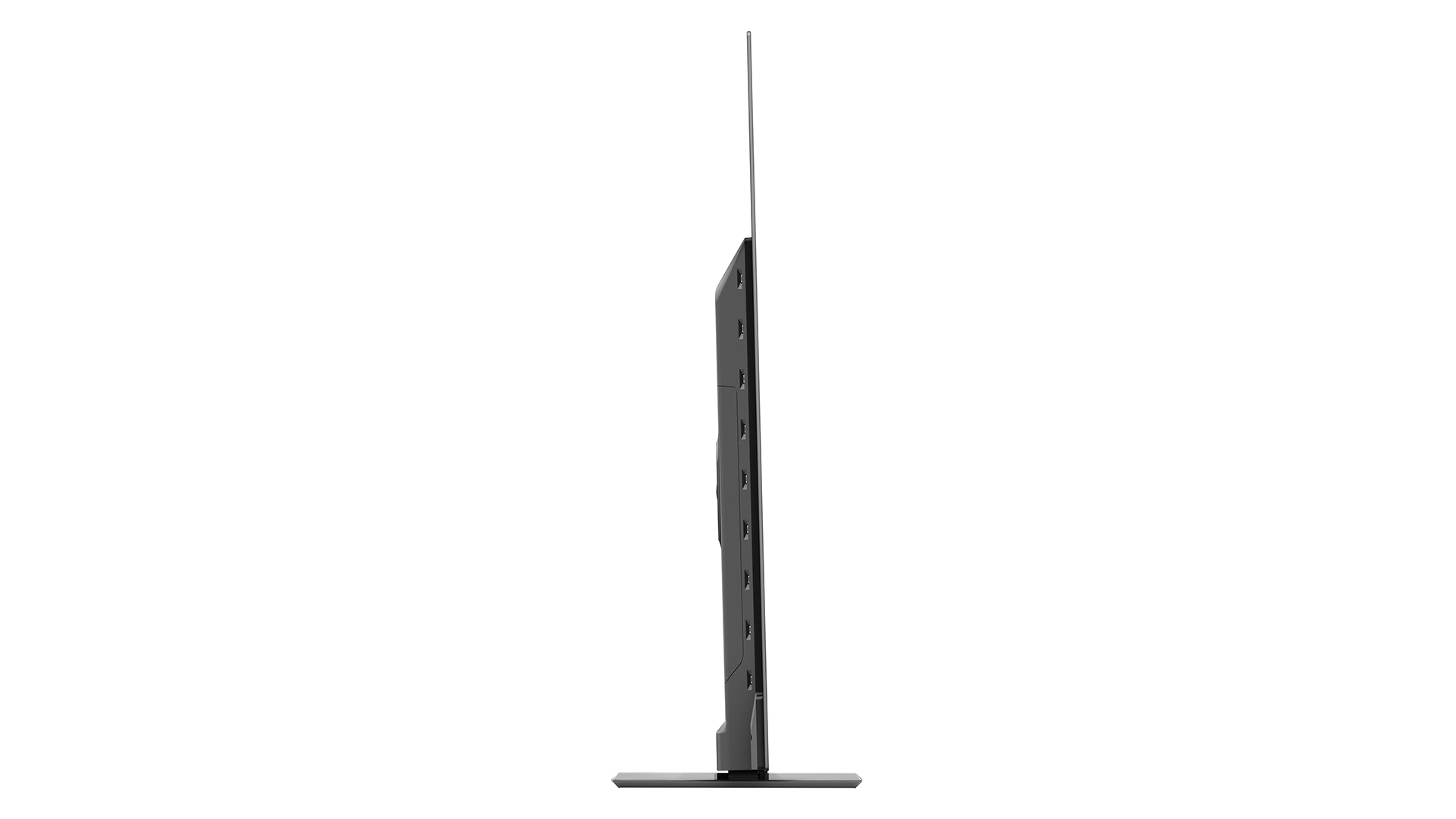
If you are assuming that Philips has hit the OLED805’s aggressive price point by cutting corners with the sound, that’s not the case. In fact, the company has seen fit to make improvements to the already impressive sound system of last year’s OLED804.
The midrange drivers and tweeters on the bottom of the set are new designs and housed in a larger enclosure, and while the rear-firing woofer looks the same, it features two extra passive radiators for improved bass response.
Compared to similarly priced rivals (most of which are more expensive, let's remember), the OLED805 is more dynamic, punchy and weighty. It doesn’t struggle with the oppressive bass frequencies at the start of the second chapter of Blade Runner 2049, and there’s plenty of impact to the machine gun fire during the thrilling bombing run scene of Unbroken. Dialogue is clear and well projected throughout.
But while the OLED805 sounds good for a TV, you won’t need to spend much to find a soundbar that sounds better. The Sonos Arc would be a good choice here, although we recommend going for a full home cinema system if you have the budget and space.
Verdict
The 65OLED805, like its smaller sibling, is a superb TV. Not only does it looks and sound better that its rivals, it’s cheaper and adds Ambilight to the equation.
Some rivals handle motion better and the lack of next-gen HDMI features will give gamers pause for thought, but these slight flaws are drops in the ocean when you consider the set’s overall performance-per-pound offering. This is a great TV, and it should be right at the top of your list if you’re looking for a premium 65-incher.
SCORES
- Picture 5
- Sound 5
- Features 4
MORE:
Read our Samsung QE65Q95T review
What Hi-Fi?, founded in 1976, is the world's leading independent guide to buying and owning hi-fi and home entertainment products. Our comprehensive tests help you buy the very best for your money, with our advice sections giving you step-by-step information on how to get even more from your music and movies. Everything is tested by our dedicated team of in-house reviewers in our custom-built test rooms in London, Reading and Bath. Our coveted five-star rating and Awards are recognised all over the world as the ultimate seal of approval, so you can buy with absolute confidence.

